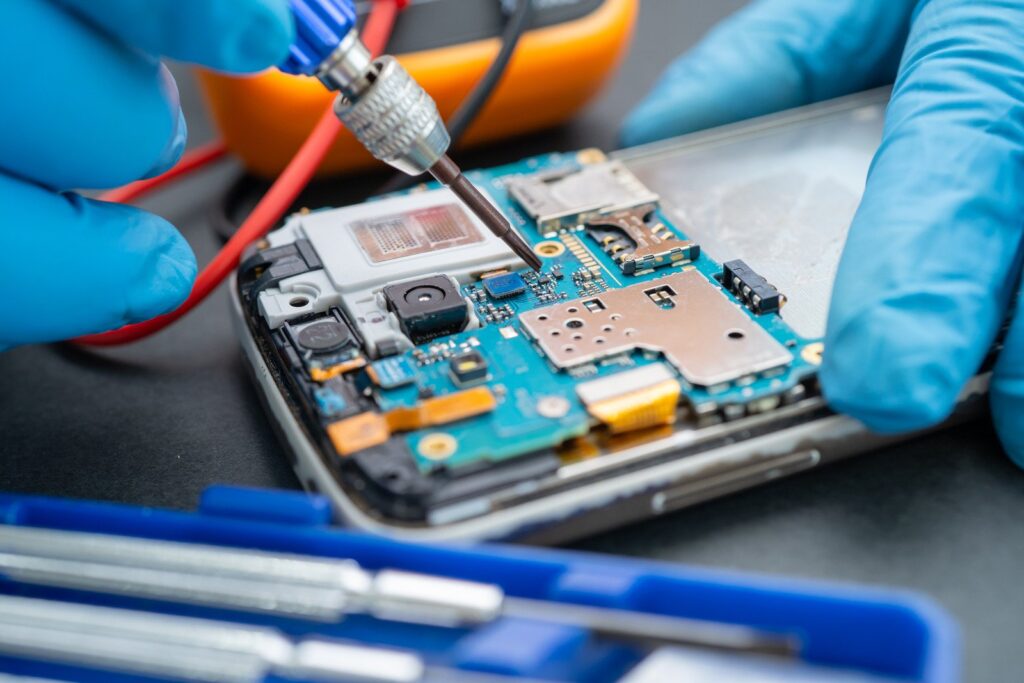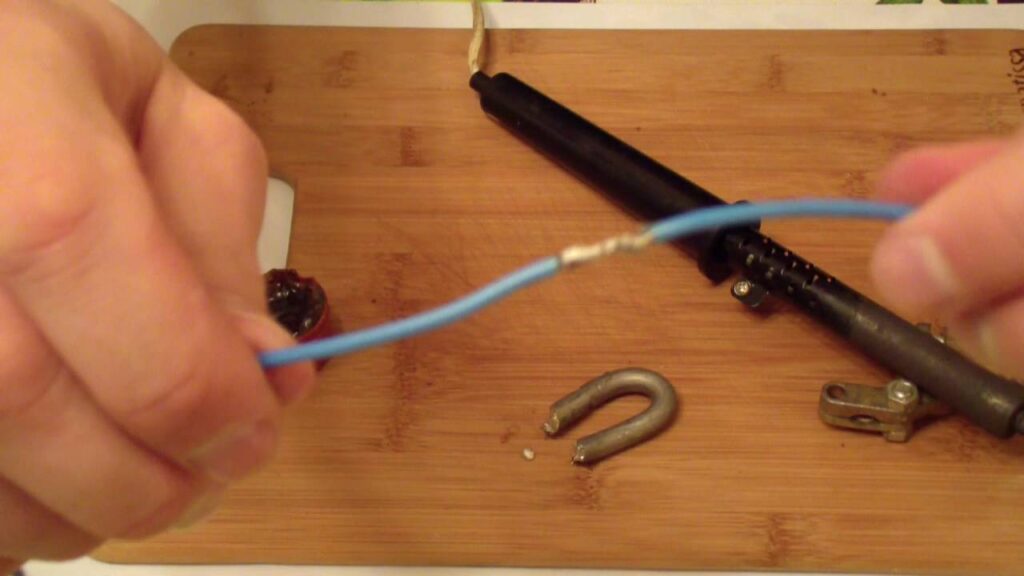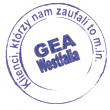Gain soldering qualifications
Soldering is most often encountered in electronics and electrical engineering, where different metals need to be joined together. In this course you will learn how to weld these metals together using a binder. During this process, the parts to be joined heat up (but do not melt). A guarantee of a good joint between two parts is that the surface to be soldered is thoroughly cleaned beforehand, both mechanically and chemically. A water test is carried out to inspect the connection of the parts, as in this way it is easy to spot leaks or whether something needs improvement.
Soldering is divided into the following types:
- Soft - involves heating the temperature of the solder to a maximum of 450C,
- Hard - involves heating the temperature of the solder above 450C,
- flame - uses a gas flame that heats directly to the required temperature,
- Resistance butt welding - is performed by heating the surfaces to be joined with electric current.
On our course, you will learn all about soldering, learn about the types and properties, and you will then put the knowledge you have acquired into practice with an instructor.
Jobs in the industry

With these skills you will find work in the electrical, electrotechnical, electronic and telecommunications industries. Anywhere where there is a need to connect cables, among other things, electrically.
Brazing is also used in tinsmithing, e.g. in the manufacture of gutters, for car manufacturing.
Another place where this is an essential profession is working on integrated circuits. A soldered connection conducts electricity better than a welded one, so in places where the wires do not need to carry anything but only provide good conduction, they are most often soldered.
Choose the training that suits your needs. We offer theory lectures, also remotely. This will be followed by practical classes and, once you have completed the two-part training course, you will be able to take your licence exam.
We will teach you, among other things:
- which soldering iron to choose and the set of components required for the work,
- how to solve problems and rectify any inaccuracies,
- step-by-step activities.
Steps in the soldering process (the order is very important):
- proper shaping and cleaning of the surfaces to be joined,
- heating the parts to be joined to a temperature 30-50 degrees higher than the melting point of the solder,
- applying flux, melting the solder and placing it between the surfaces to be joined,
- mutual adhesion and diffusion,
- solidification and cooling of the solder.
Practice has shown more than once that the above-mentioned stages overlap and sometimes run concurrently.
During the course, you will also learn three important things that lead to a perfect soldering result, and these are: preparation, tinning and, finally, soldering.

Requirements from the trainee:
- at least 18 years of age,
- at least a basic education,
- a medical certificate stating that there are no contraindications to exercising the profession.
The course concludes with an examination, after which a certificate is issued authorising the holder to work as a soldering technician throughout Poland and the European Union.
About us
- We have been providing training for more than 15 years.
- We operate throughout Poland.
- We work with, among others, UDT, TDT, WDT and IMBIGS.
- We offer open training (check our schedule).
- We are happy to organise closed courses - please do not hesitate to contact us.
- We have an experienced staff of trainers.
- We offer training in welding, heights; G1, G2, G3; in the operation (operation and maintenance) of technical equipment, i.e. cranes, overhead cranes, mobile platforms or telehandlers.
Do you have any questions? Call or write, we will respond as quickly as possible. We'll also help you choose a training course if you're not sure which is right for you.
Questions and Answers
What types of soldering are there?
Soldering can be divided into four main types and these are: soft soldering and brazing, flame soldering and resistance butt welding. They differ mainly in the material temperature required.
Can anyone take part in the course?
To take part in the training, you must be at least 18 years old, have at least a basic education and a medical certificate stating that there are no contraindications to the profession.
What can you learn from the training?
We teach you all the theory behind soldering irons and soldering itself. Among other things, you will learn how to choose a soldering iron and the tools required for the job, how to deal with any difficulties and which steps to take in order to solder well.

































